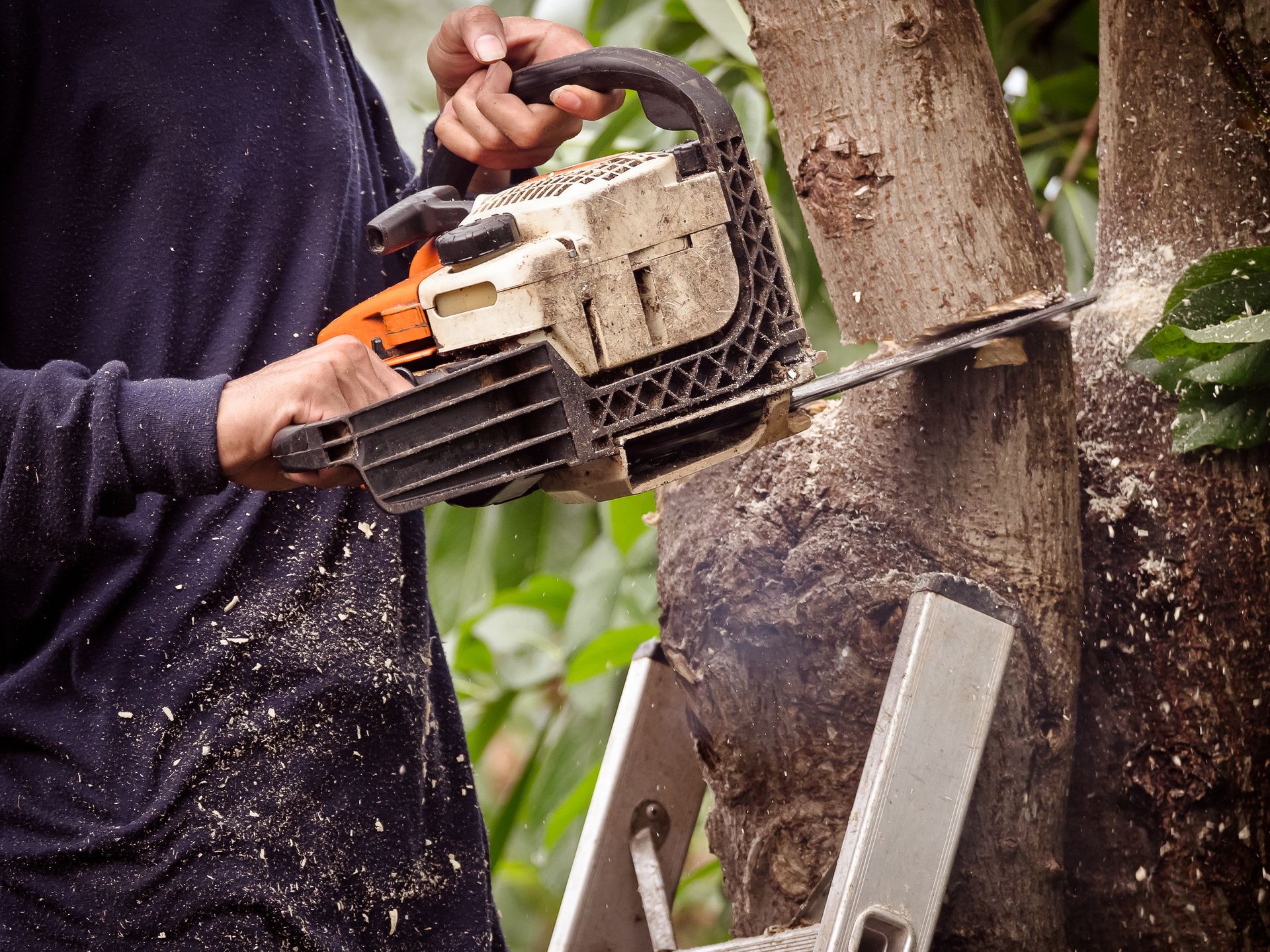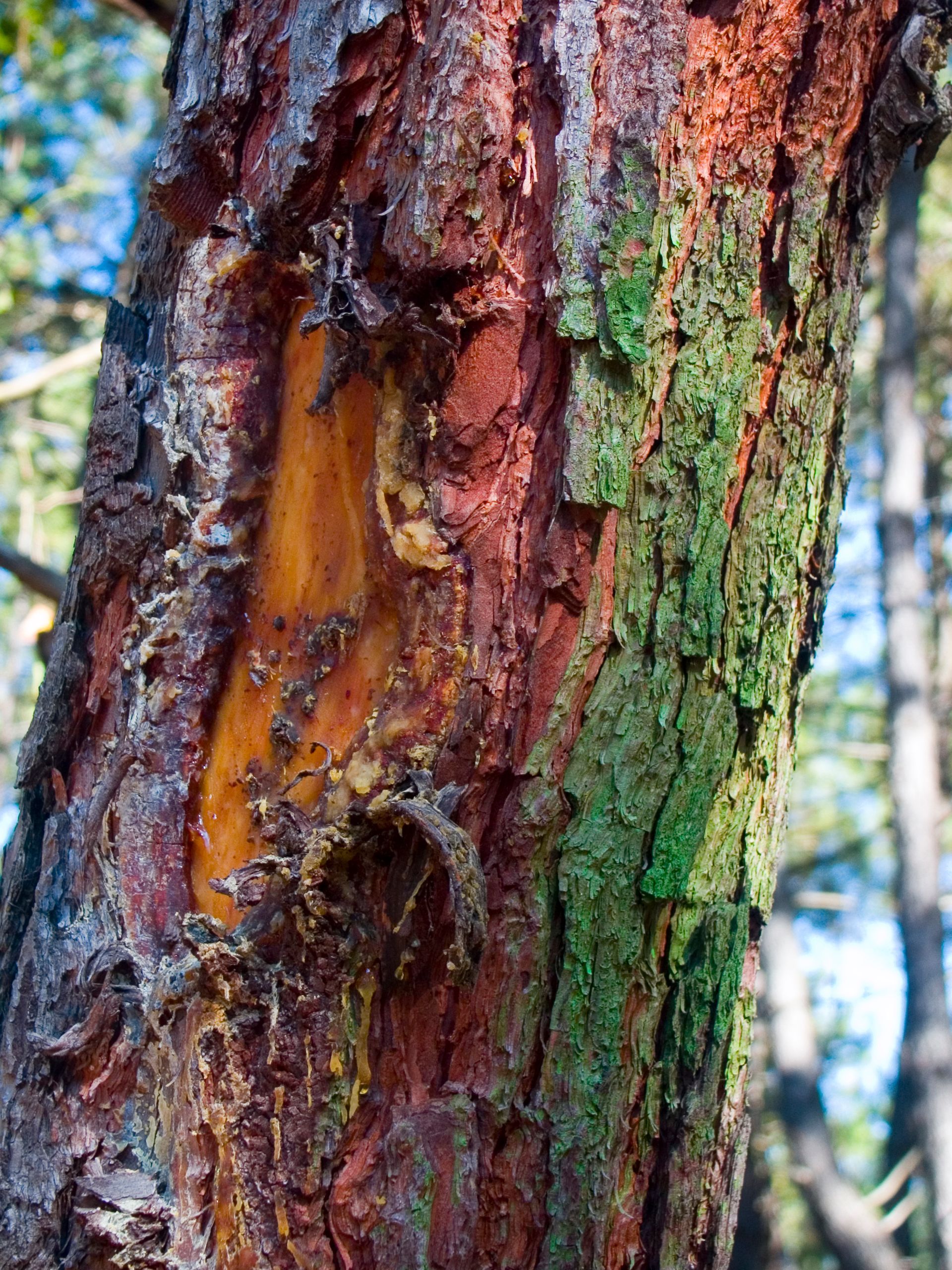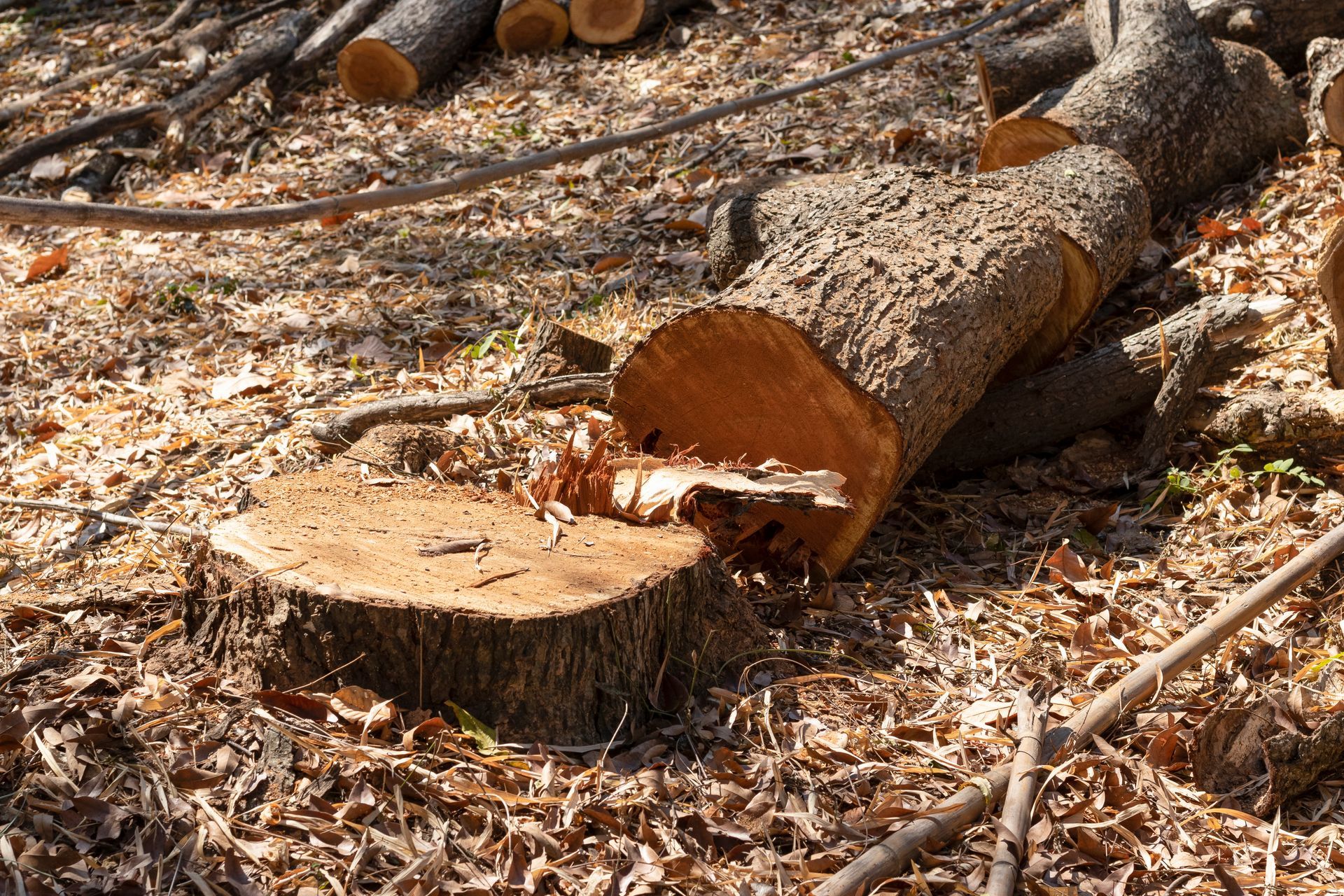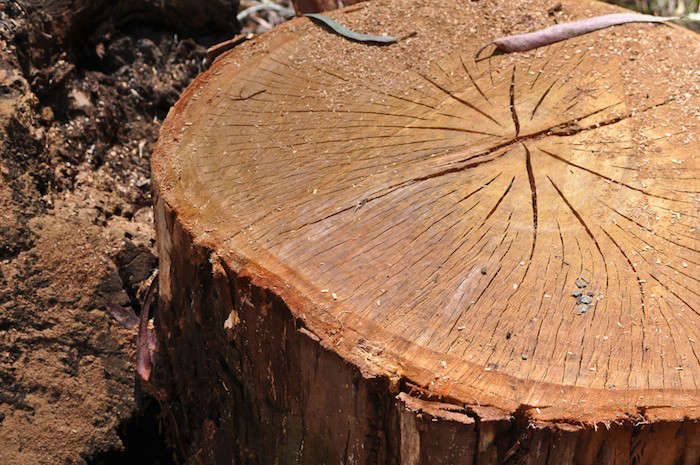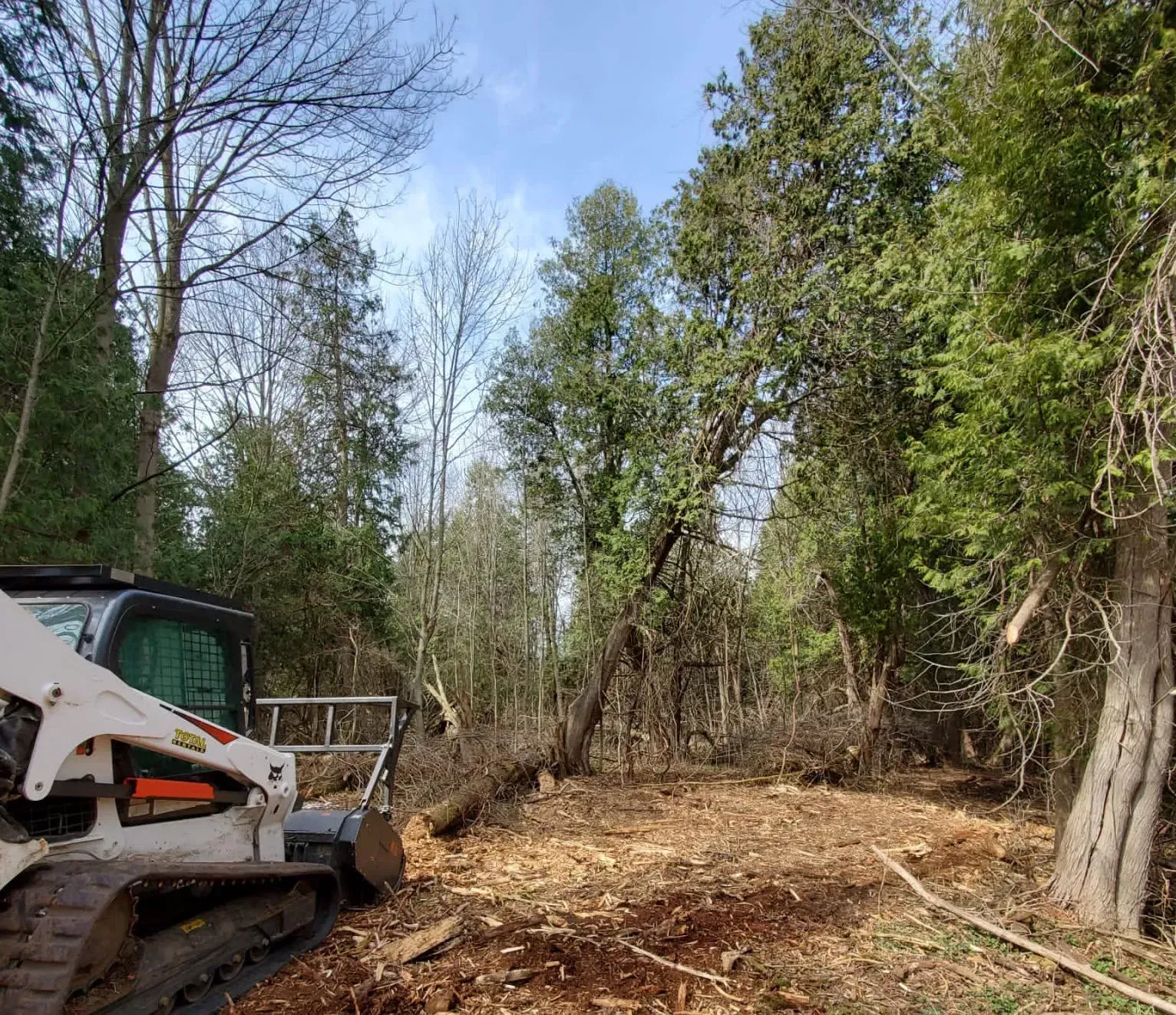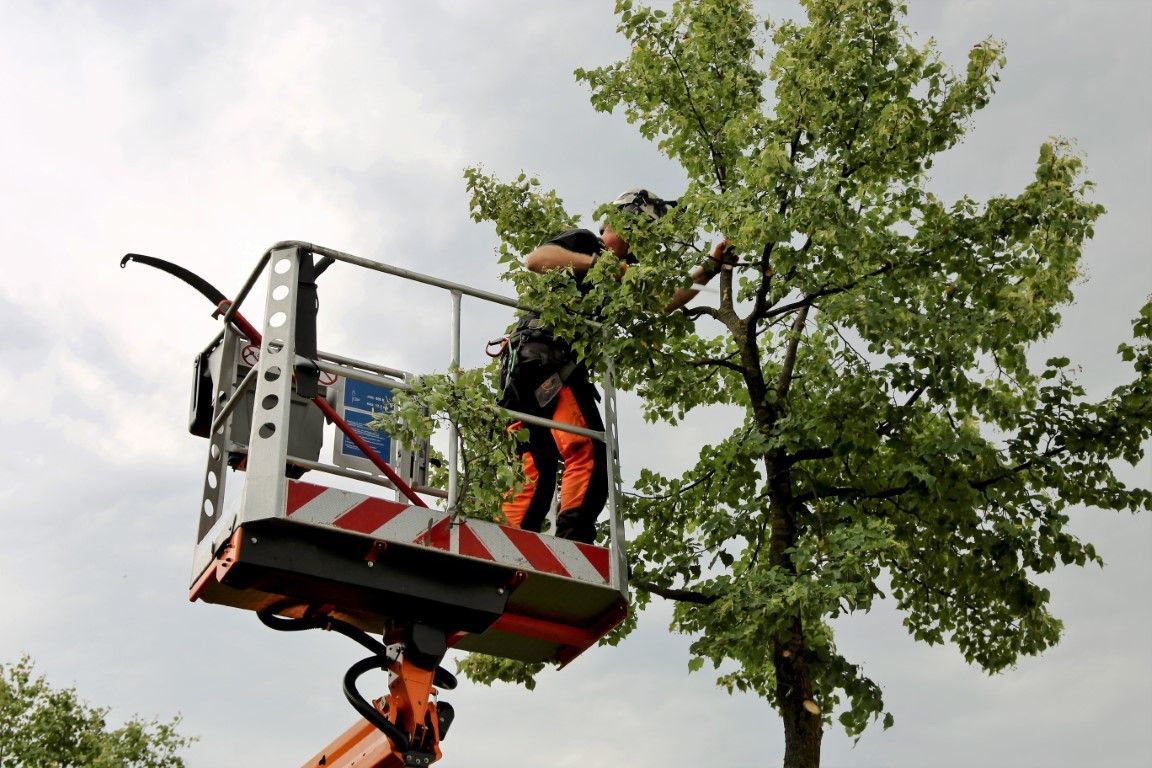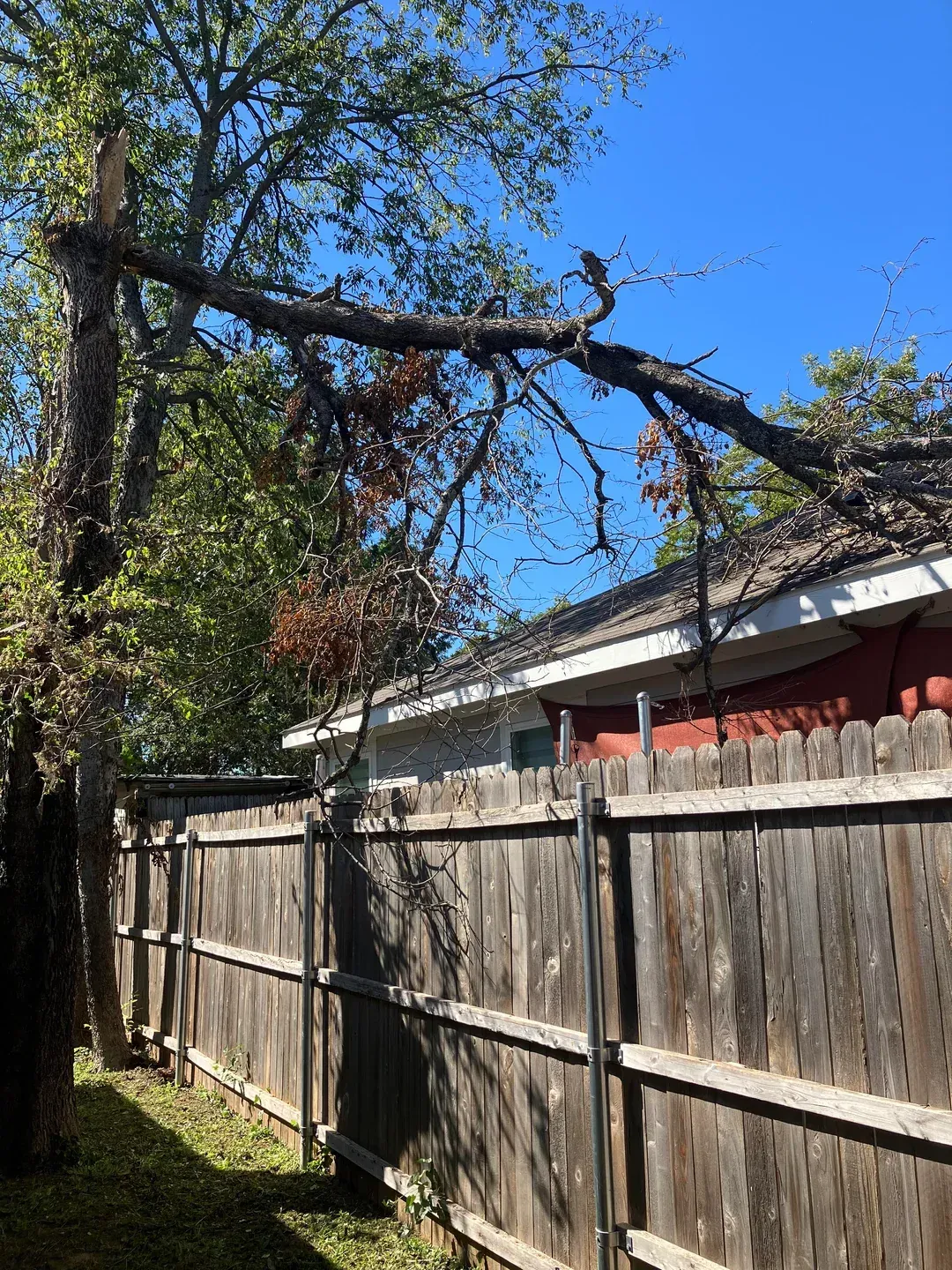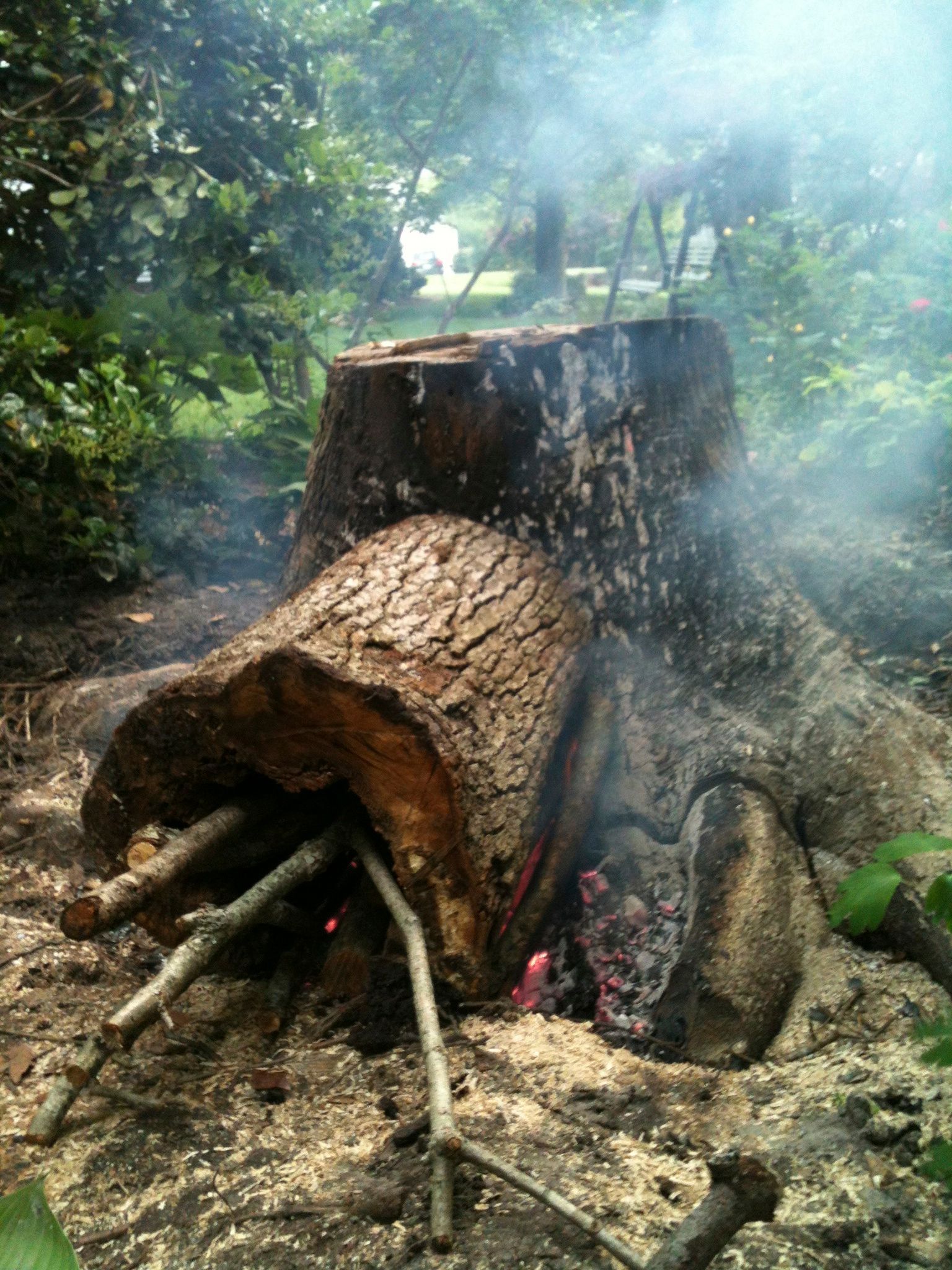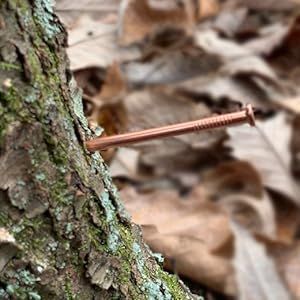Who is Responsible for Cutting Overhanging Tree Branches?
Understanding Responsibility: Who Should Trim Overhanging Tree Branches?
Overhanging tree branches can sometimes lead to disagreements between neighbors, raising questions about who should be responsible for maintaining or removing them. This guide aims to clarify the legal and practical aspects surrounding overhanging tree branches to help you understand the rights and responsibilities involved.
Determining Tree Ownership
The first step in understanding responsibility for overhanging branches is to establish ownership of the tree. Generally, if a tree is entirely located on one property, the owner of that property is responsible for its upkeep, including trimming overhanging branches. However, if a tree's branches extend over property lines, both property owners may share responsibility for its maintenance.
Legal Considerations
Property owners typically have the right to trim back overhanging branches up to the property line, known as the "right of self-help." Nevertheless, several legal considerations should be kept in mind:
Permission: It's advisable to seek permission from your neighbor before trimming branches that extend onto their property. Failing to do so could lead to legal disputes.
Avoiding Damage: While you have the right to trim overhanging branches, it's important to avoid causing unnecessary harm to the tree. Cutting branches in a way that damages the tree could result in legal liability.
Resolution of Disputes: In cases where neighbors cannot agree on how to address overhanging branches, seeking legal advice or mediation may be necessary to resolve the issue.
Practical Solutions
To prevent conflicts with neighbors over overhanging branches, consider the following practical approaches:
Communication: Open communication with neighbors can help prevent misunderstandings. Discuss any concerns about overhanging branches and try to find a mutually acceptable solution.
Professional Assistance: Hiring a professional tree service to trim overhanging branches can ensure the work is done safely and in compliance with local regulations.
Understanding Local Laws: Familiarize yourself with local laws and regulations concerning overhanging branches to understand your rights and obligations.
Resolving disputes related to overhanging tree branches requires a blend of legal understanding and practical approaches. By knowing your rights and responsibilities, communicating effectively with neighbors, and seeking professional help when needed, you can address overhanging branches in a fair and considerate manner for all parties involved.
